Christmas: peace on earth and an Airfix kit to all men. A spot of model-making on the big day is the perfect excuse to duck out of the Queen’s speech. After all, you can’t let the glue go off: there’s a windscreen to attach.
Since men were little boys and women little girls, they’ve been making models. Okay, there’s usually a break of a few decades while they discover other, less plasticky things, but they almost always come back, attracted by the enticing box artwork and, inside, the delicate decals and spindly sprues to which the model’s parts are attached.
Chances are that if not you then someone you know will be wrist deep in glue, plastic and paint this Christmas, batting away demands to slice the turkey in favour of snipping a wheel from a sprue. If they’re an Autocar reader, that wheel is likely to belong to a car rather than anaircraft. If they’ve been lucky this year, it will be something like the 1930 Bentley 4.5-litre Supercharged, the star in Airfix’s Vintage Classics range and, at £110, its best-selling and most expensive car model. It’s a proper beauty and, at 1:12 scale, a big ’un, with a skill level of four meaning its assembler will be working on it until way past Hogmanay.
Other cars in the Airfix Vintage Classics series include a 1966 Jaguar 420, recently reintroduced to the range after original kits became collectable, and a Beach Buggy. All three feature the original box artwork for that authentic period feel. They’re aimed at experienced returnees: lapsed modellers who have the skills – just – to build the cars without cloaking them in a web of dried glue.
For the rest of us, there are the large and medium starter kits complete with paints, glue and brush. Cars include the Aston Martin DBR9, Jaguar E-Type, Mini Countryman WRC and 1967 Ford 3.0-litre GT. Lastly, for the truly ham-fisted and the young, there’s the Quickbuild range of no-glue-required cars that click together and which, being made from ABS plastic, can be drifted into the skirting board without harm. It’s a diverse line-up that includes the Ford Mustang, Audi R8, Jaguar I-Pace eTrophy and McLaren P1.
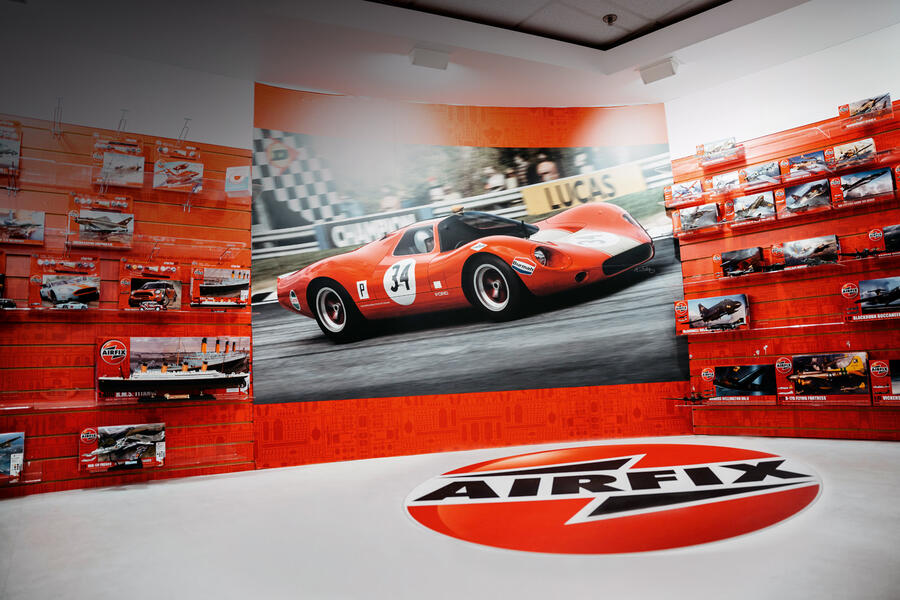
But although we’ve all heard of Airfix, hands up anyone who knows where the company is based?
No, not Hull: that plant closed in 2008. In fact, it’s in Margate, on the Kent coast. These days, Airfix is part of the Hornby Hobbies empire alongside brands such as Scalextric and Pocher, whose exquisite 1:8-scale self-build cars and motorcycles, with prices starting from around £600, have to be seen to be believed.

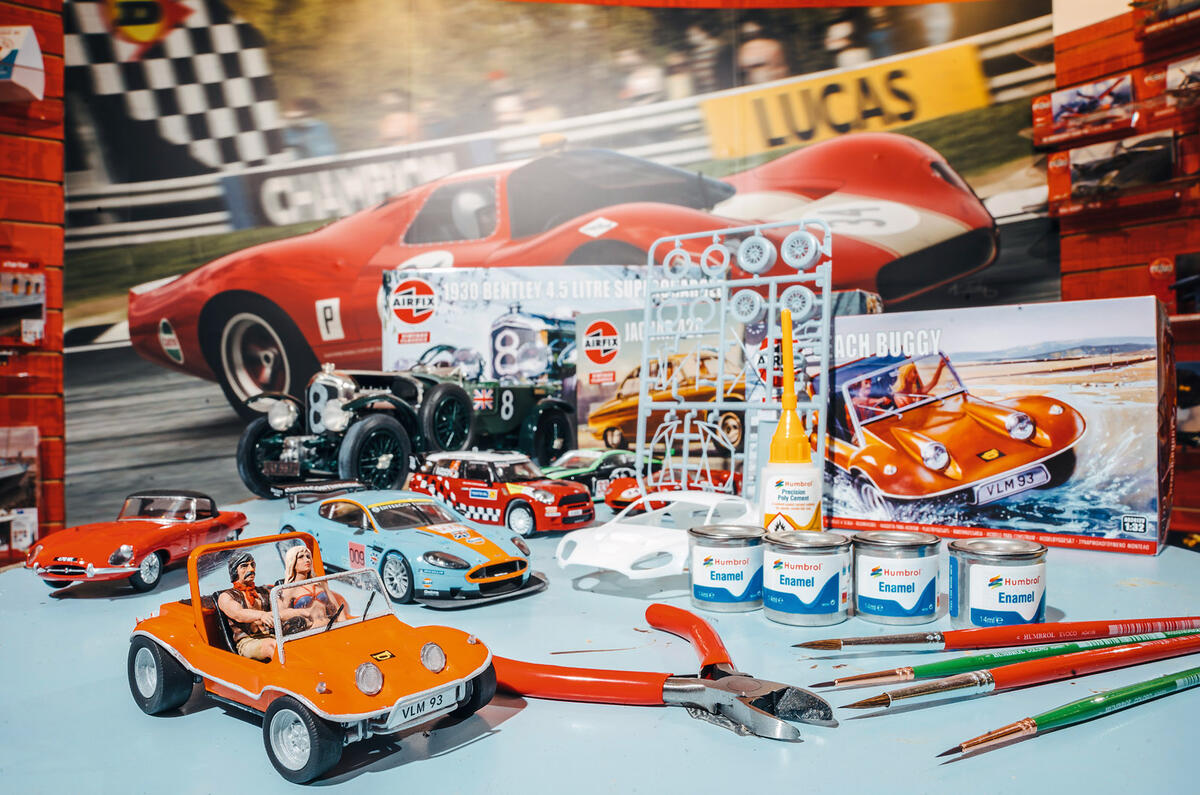



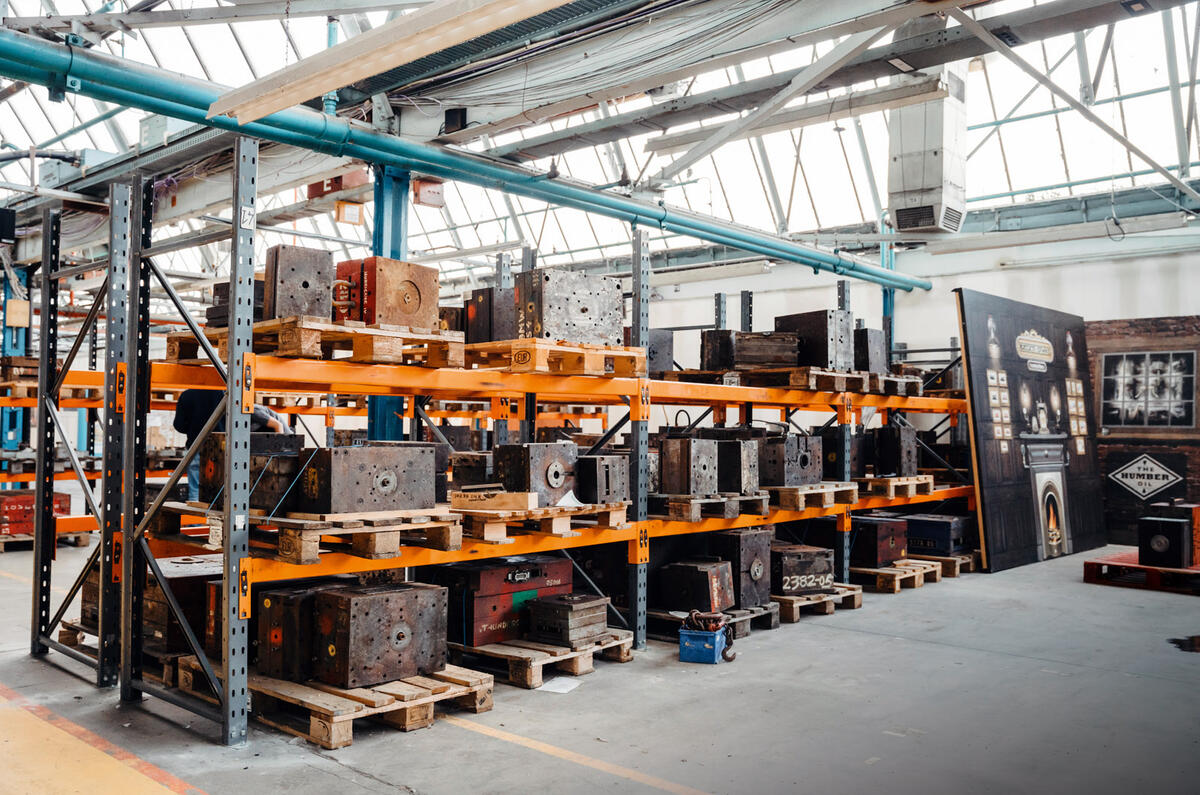
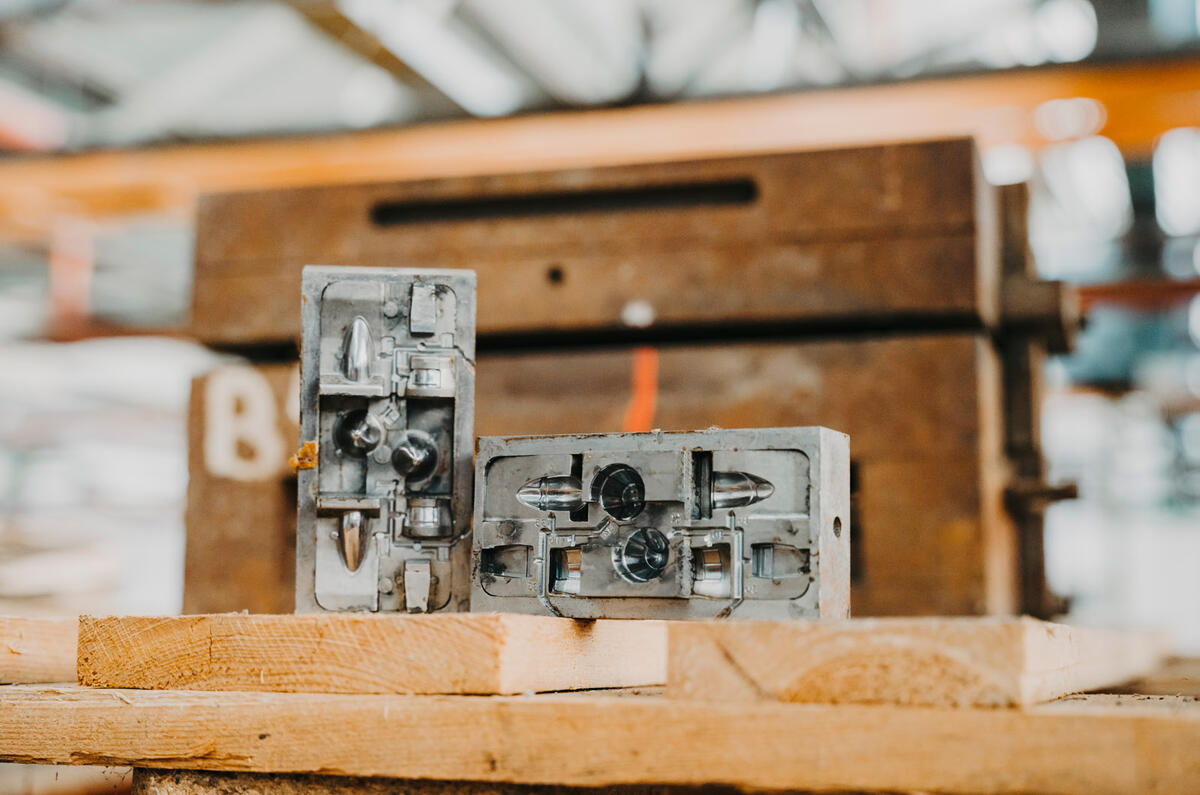
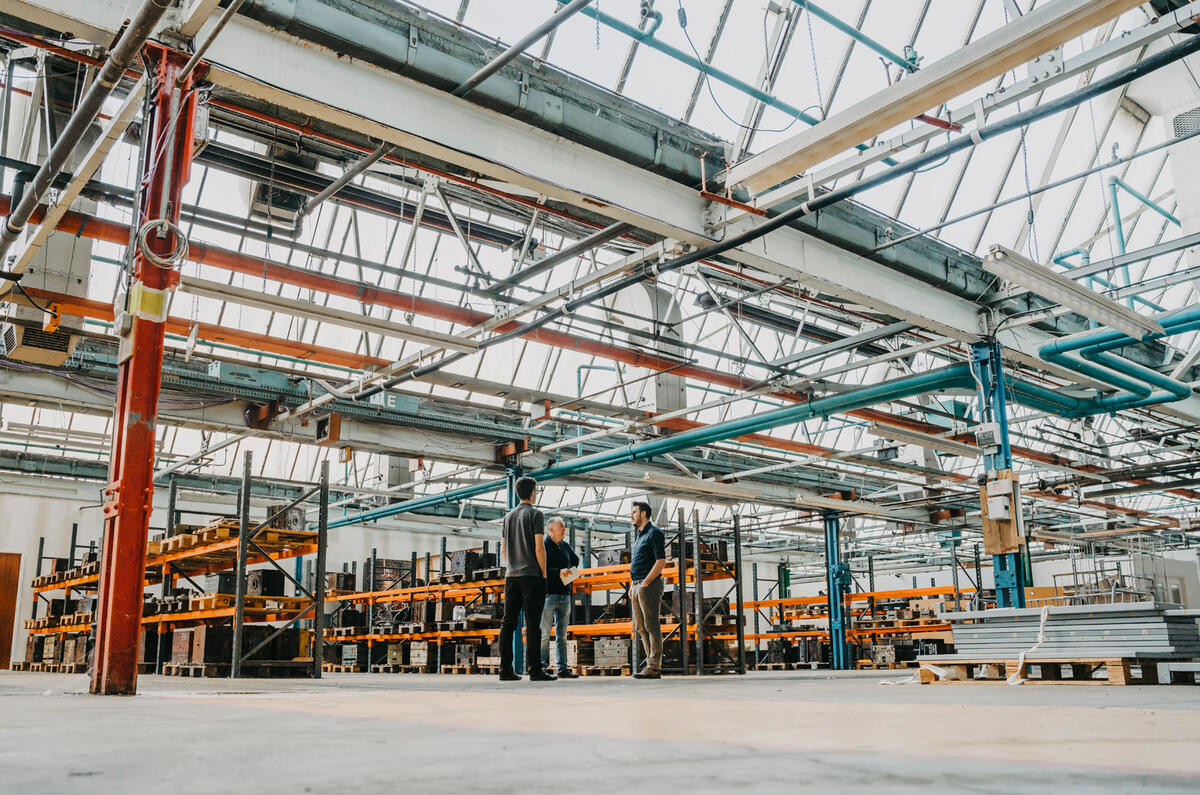
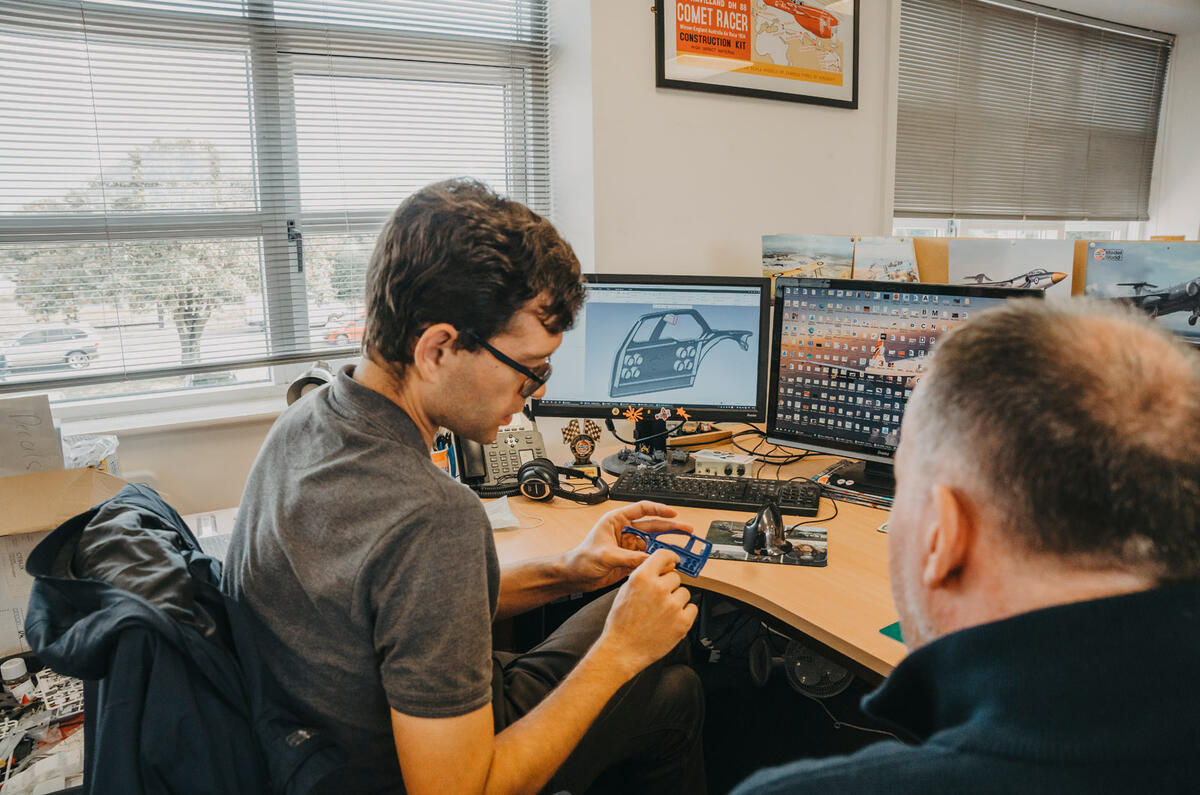
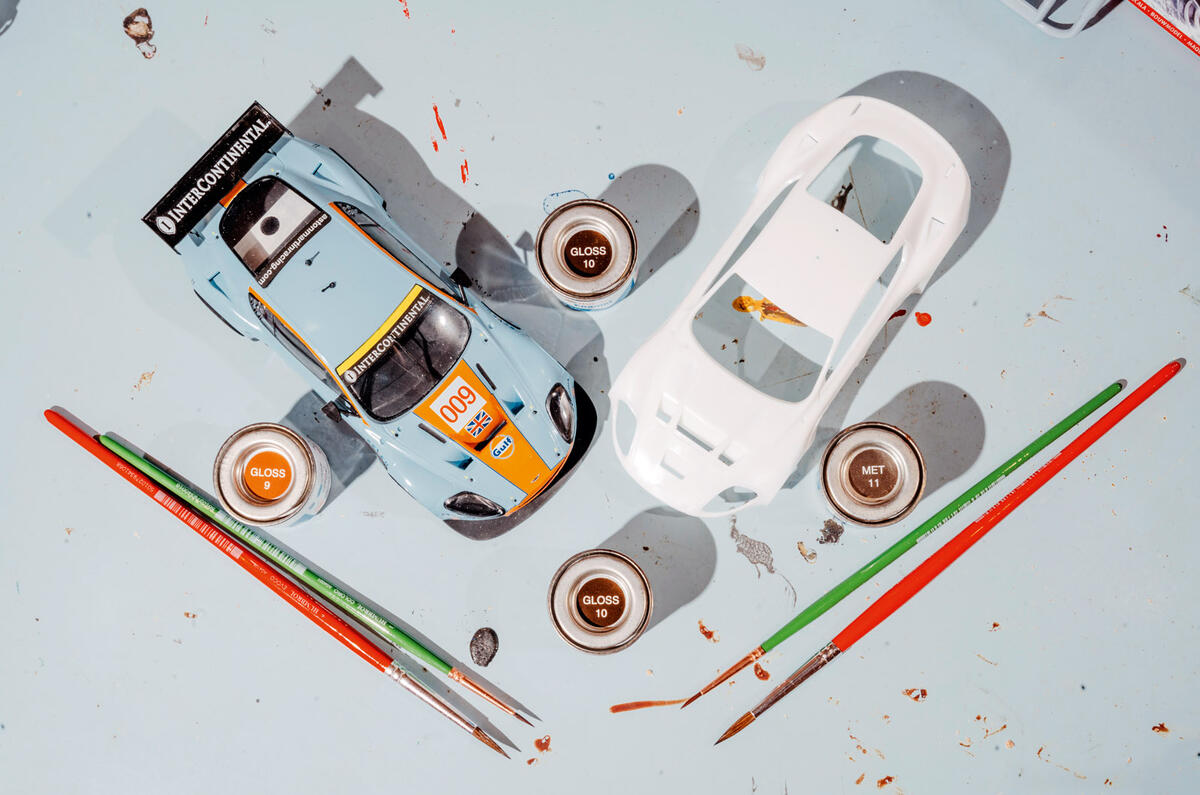
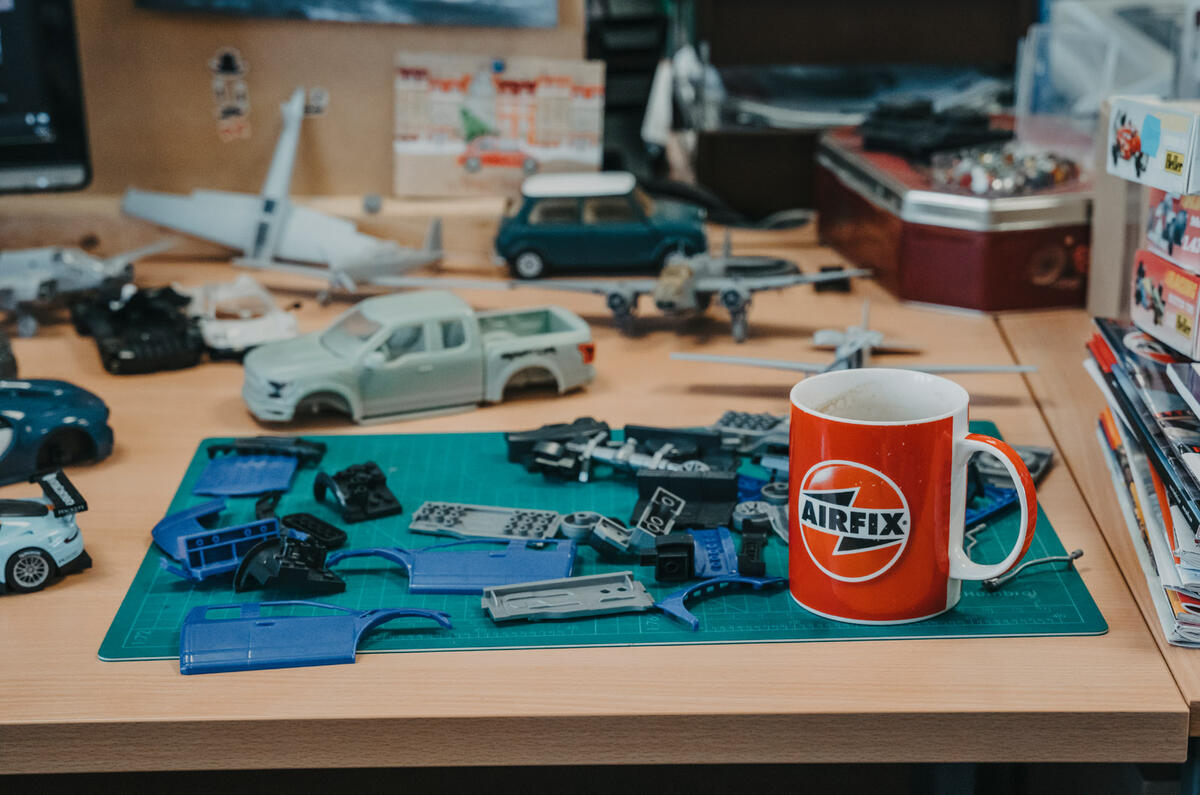
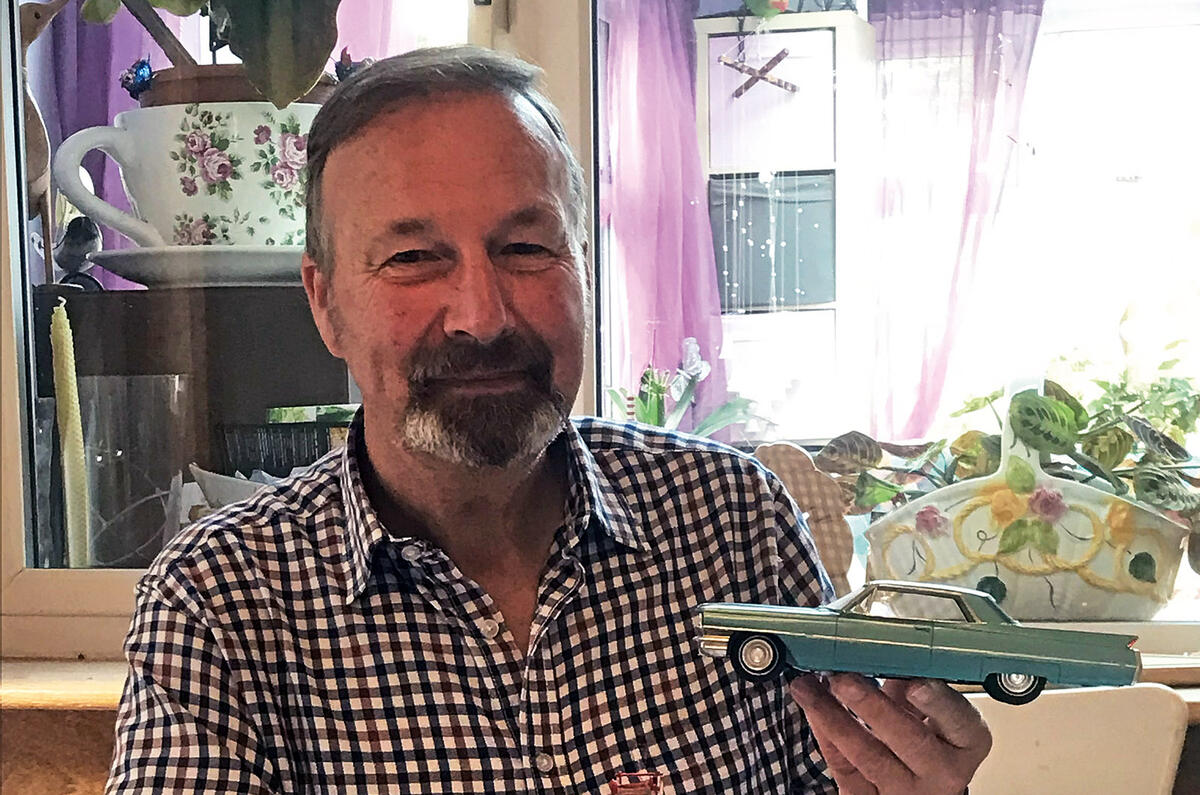

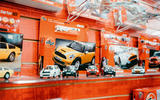
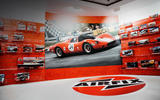
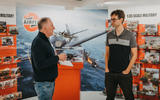
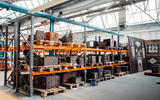
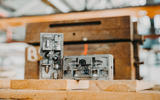


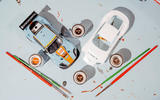
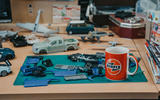


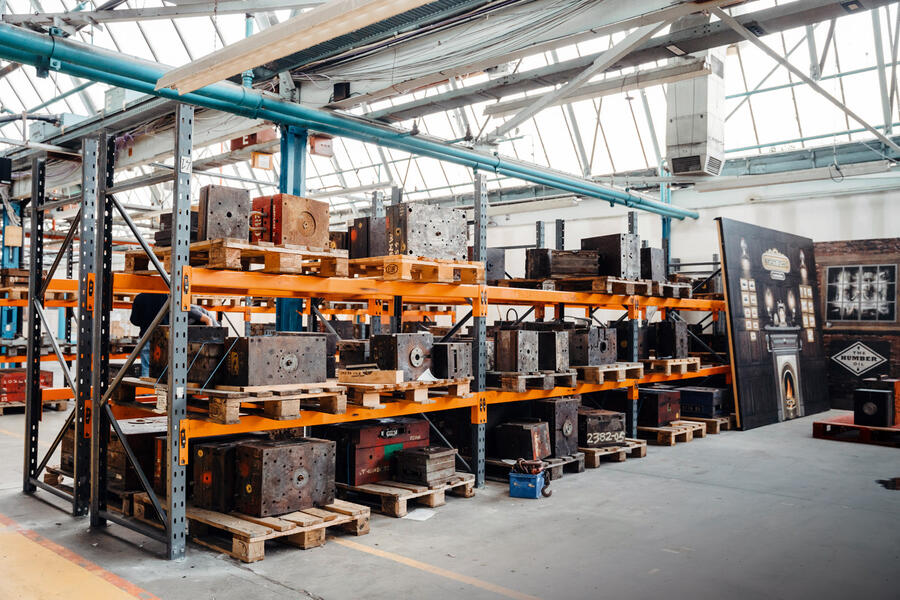
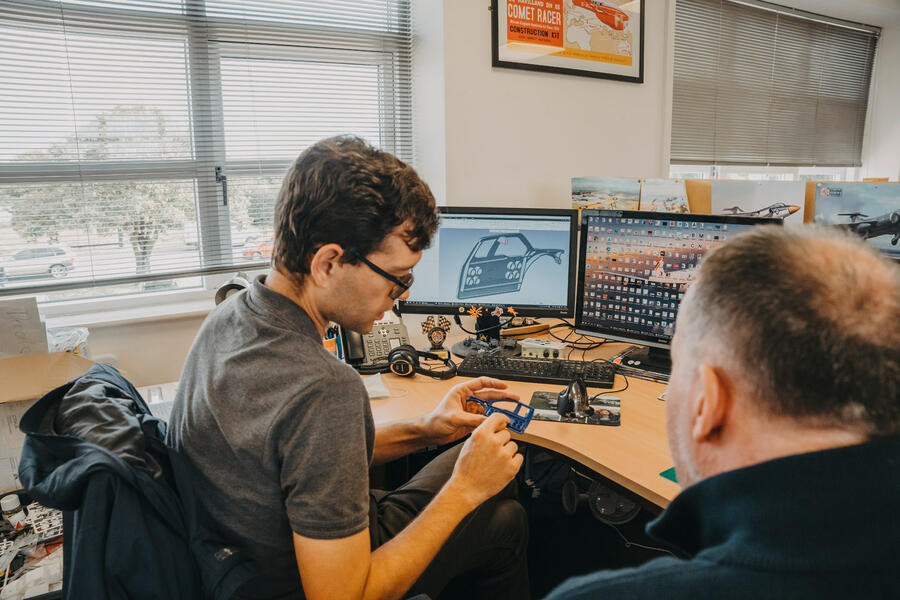
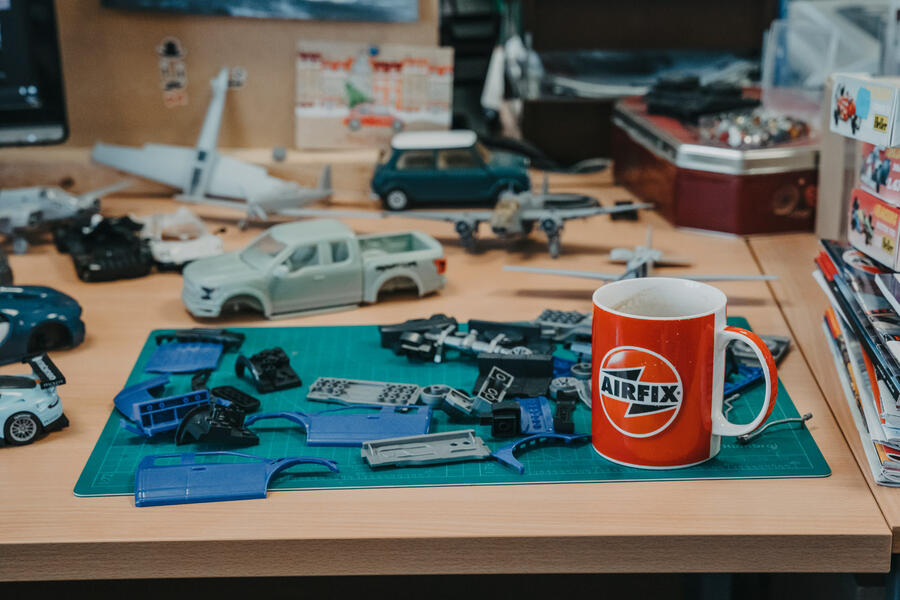
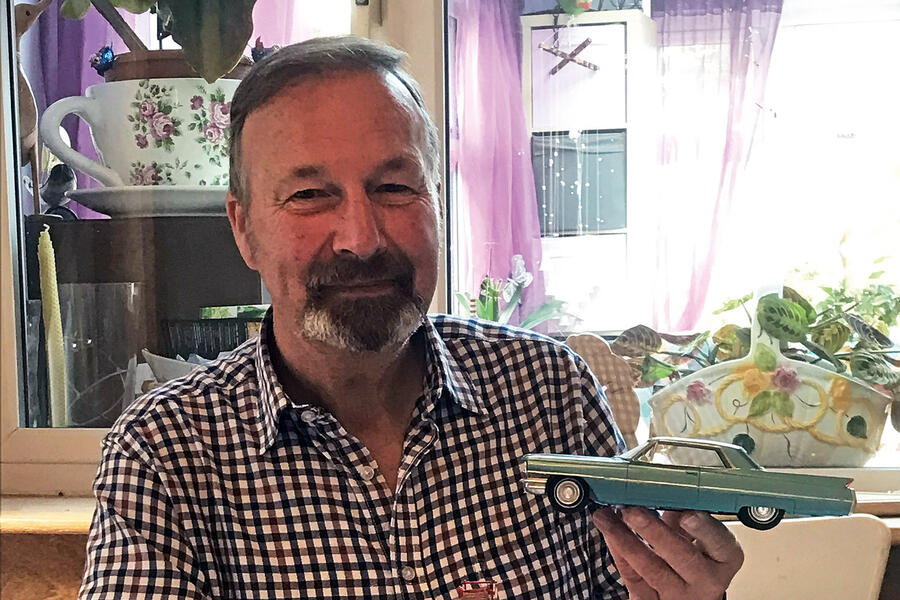

Join the debate
Add your comment
Yep, cut my modelling Teeth on Airfix kits, built Soitfires, Hurricane and lots of other 1/72 scale, gravitated to 1/48, then started building kits from Mongram and Tamiya , Tamiya I built two 1/12 Cars, the first was Nigel Mansell 1991 Ferrari F1 Car and the second was the legendary Porsche 935 whale tail Car, was great fun building things like suspension units with real springs and of course assembling the engine even putting the steering column together, these two car provided hours of enjoyment, the day you sat back and admired my handiwork, great Days they were.
Nowadays it's all about proving how woke you can be and if you're up to date with the latest pronouns.